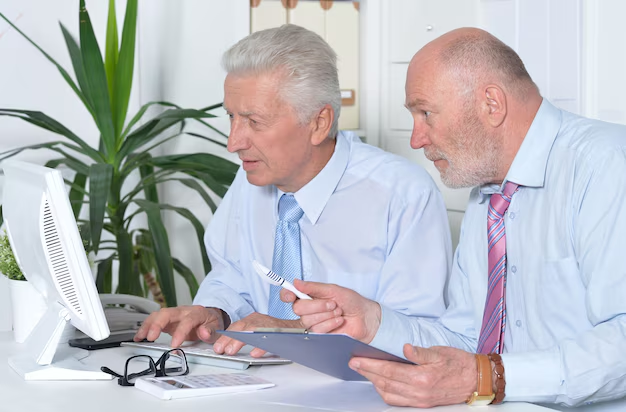Breaking Free from Urinary Incontinence: Is a Cure Possible?
Urinary incontinence, the involuntary leakage of urine, affects millions and can be a source of embarrassment and distress. It’s crucial to ask: Can it be cured? The good news is that, for many individuals, urinary incontinence can be significantly improved and often cured. The key lies in understanding the type and cause of the incontinence, as well as exploring a variety of treatment options.
Understanding Urinary Incontinence
There are several types of urinary incontinence, each with its own causes and treatment pathways:
- Stress Incontinence: This occurs when physical movement or activity, such as coughing or heavy lifting, puts pressure on the bladder.
- Urge Incontinence: A sudden, intense urge to urinate followed by involuntary leakage.
- Overflow Incontinence: When the bladder doesn’t empty completely, causing overflow and subsequent leakage.
- Functional Incontinence: Occurs when a person is unable to reach the bathroom in time, often due to physical or mental limitations.
- Mixed Incontinence: A combination of two or more types.
Treatment Options
The pathway to potential cure hinges on the core cause and type of incontinence. Here’s a look at the common remedies:
- Lifestyle Changes and Pelvic Floor Exercises: Activities like Kegel exercises can strengthen pelvic muscles, often reducing or curing symptoms.
- Bladder Training: Teaching the bladder to hold urine longer can help manage symptoms.
- Diet Modifications: Cutting back on caffeine, alcohol, and acidic foods might improve symptoms.
- Medications: Certain drugs can calm overactive bladders and help control leakages.
- Medical Procedures: Options like Botox injections, nerve stimulators, or surgery can resolve underlying structural issues.
- Devices: Urethral inserts or pessaries can provide relief, especially for women.
It's evident that a tailored approach is vital, considering each person’s unique situation. Consulting a healthcare provider for a personalized plan is always recommended.
Beyond Medical Solutions
Living with incontinence might be a financially and emotionally taxing journey. Where can one seek support beyond medical solutions?
Financial and Educational Assistance Opportunities
While tackling urinary incontinence, consider exploring various resources that might offer relief:
- Government Aid Programs: Medicaid or Medicare often assists with covering specific treatments, equipment, or therapies related to incontinence.
- Insurance Benefits: Check your policy for incontinence care, including medications and devices.
- Community Support Groups: These can provide emotional backing and practical advice from others facing similar issues.
- Educational Grants: If incontinence impacts employment or education, there are grants available aimed at occupational retraining.
- Non-Profit Organizations: Groups dedicated to bladder health sometimes offer financial assistance or counseling services.
While addressing urinary incontinence can seem daunting, remember that help is available and recovery is often possible. Take the step forward by seeking medical advice and leveraging available support networks to make informed and empowered decisions.
Available Support Resources
- 🏛 Government Aid: Medicaid, Medicare for coverage related to urinary incontinence treatments.
- 💳 Insurance Coverage: Review your health plan for incontinence-related benefits and equipment.
- 🤝 Support Groups: Community-based groups offer emotional and practical tips.
- 📚 Educational Grants: For those needing occupational training due to health impacts.
- 💼 Non-Profit Assistance: Access specialized financial support programs.

Related Topics
- a Patient You Are Caring For Uses Incontinence Briefs
- Are Incontinence Products Tax Deductible
- Are Incontinence Supplies Covered By Medicare
- Are Incontinence Supplies Tax Deductible
- Can a Bladder Infection Cause Urinary Incontinence
- Can a Kidney Stone Cause Incontinence
- Can a Urinary Tract Infection Cause Incontinence
- Can a Uti Cause Incontinence
- Can Constipation Cause Incontinence
- Can Constipation Cause Urinary Incontinence